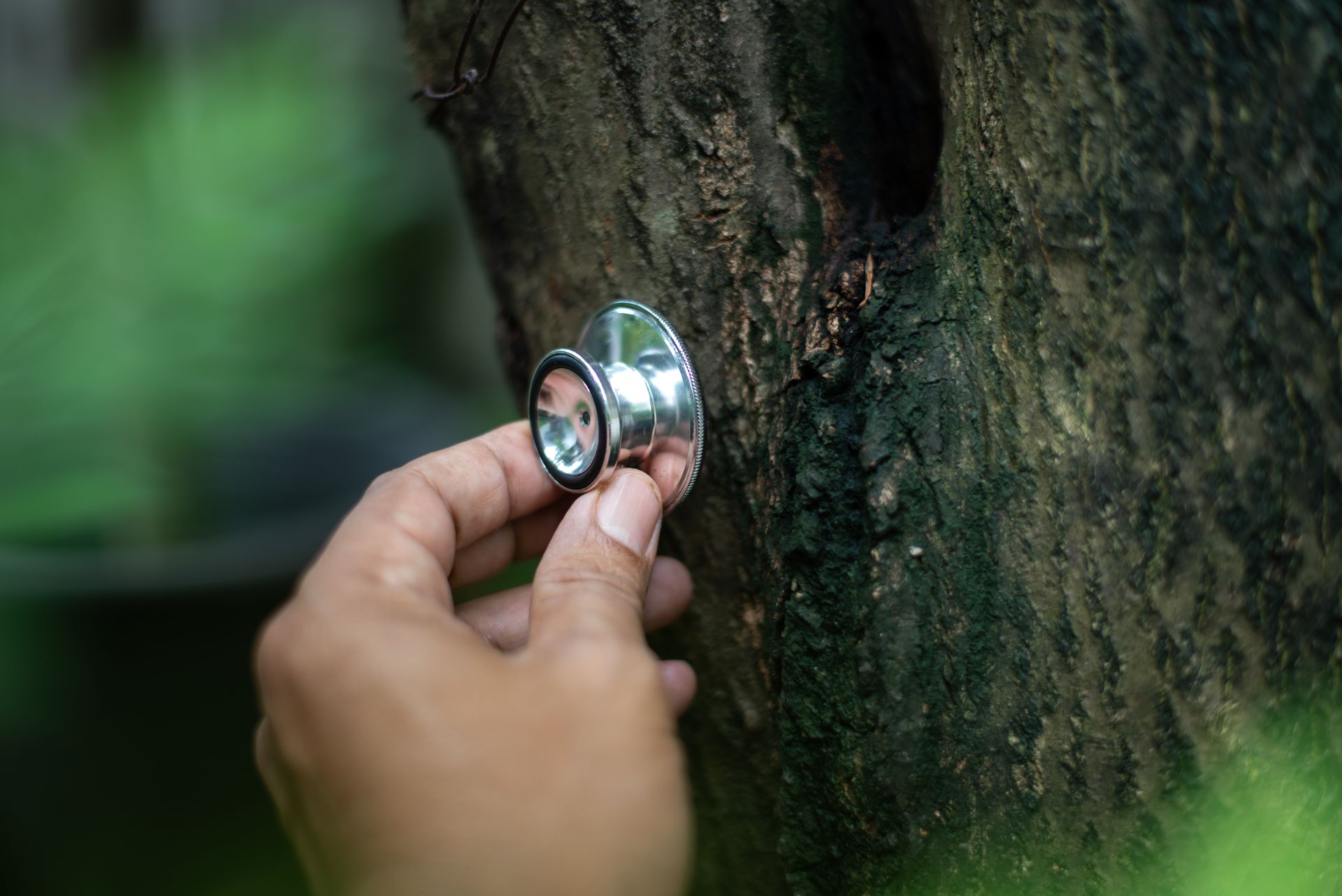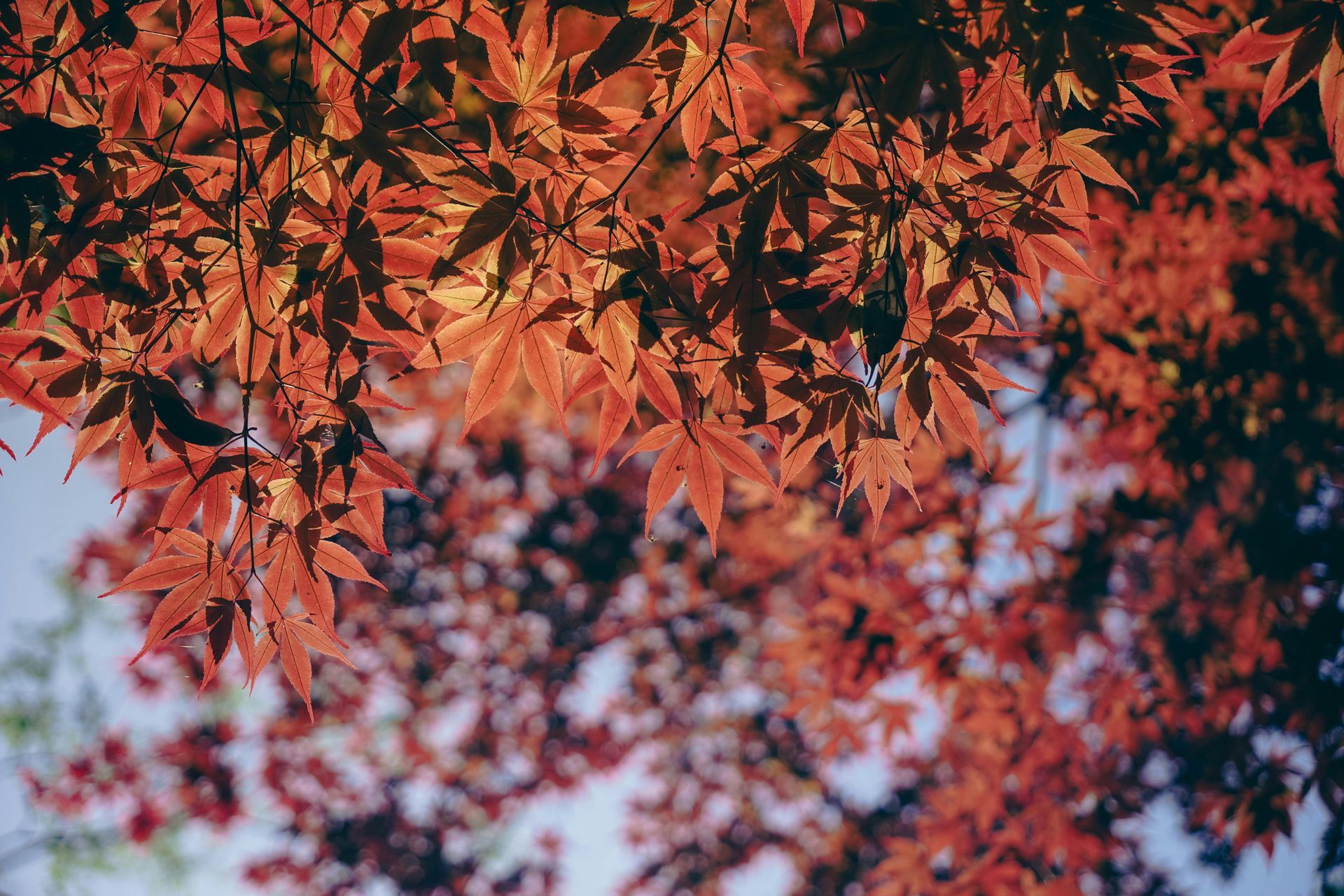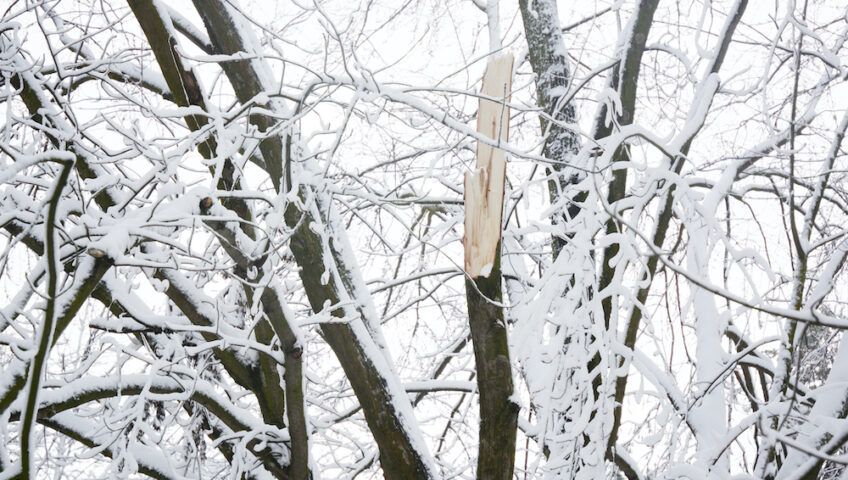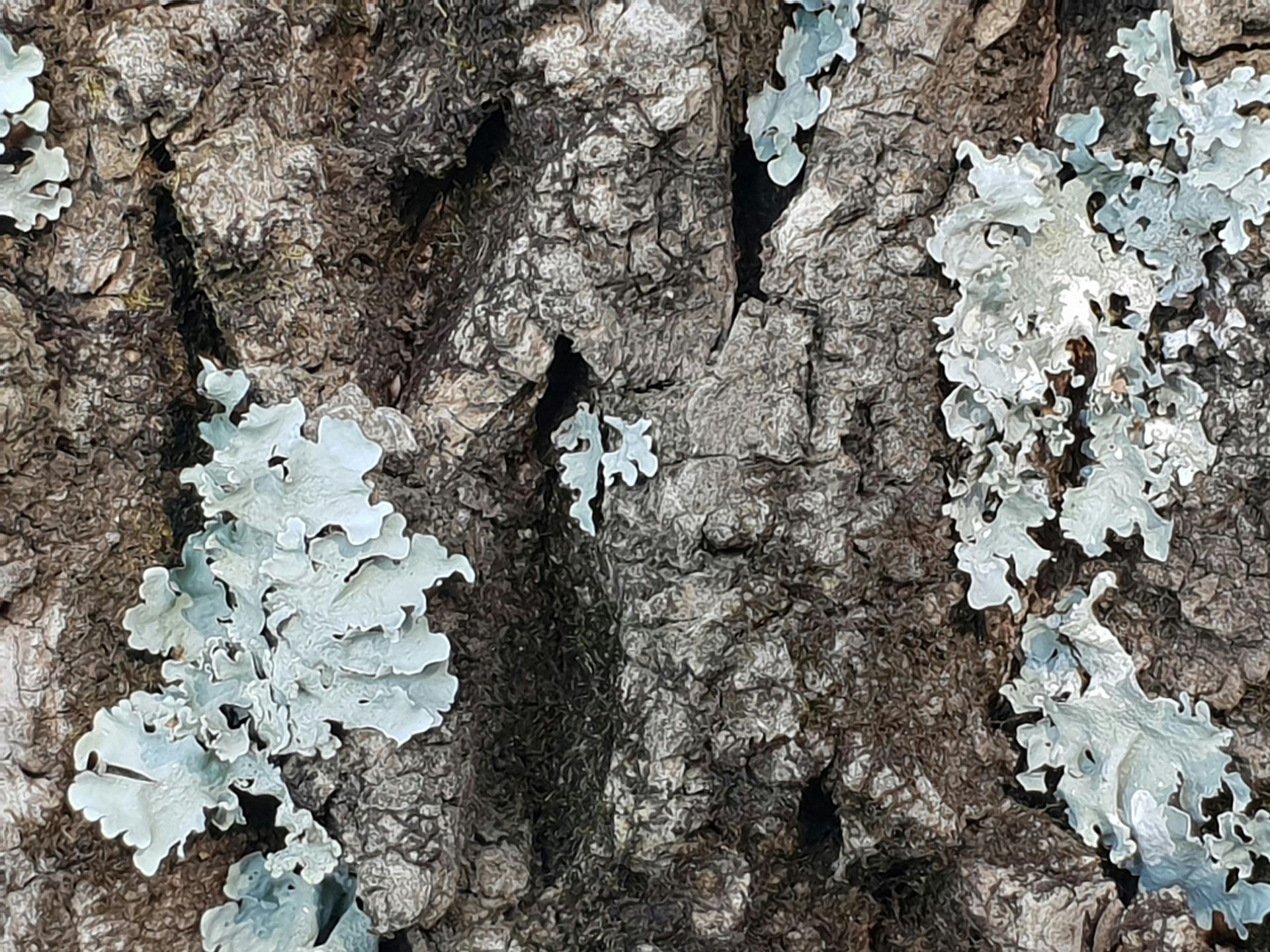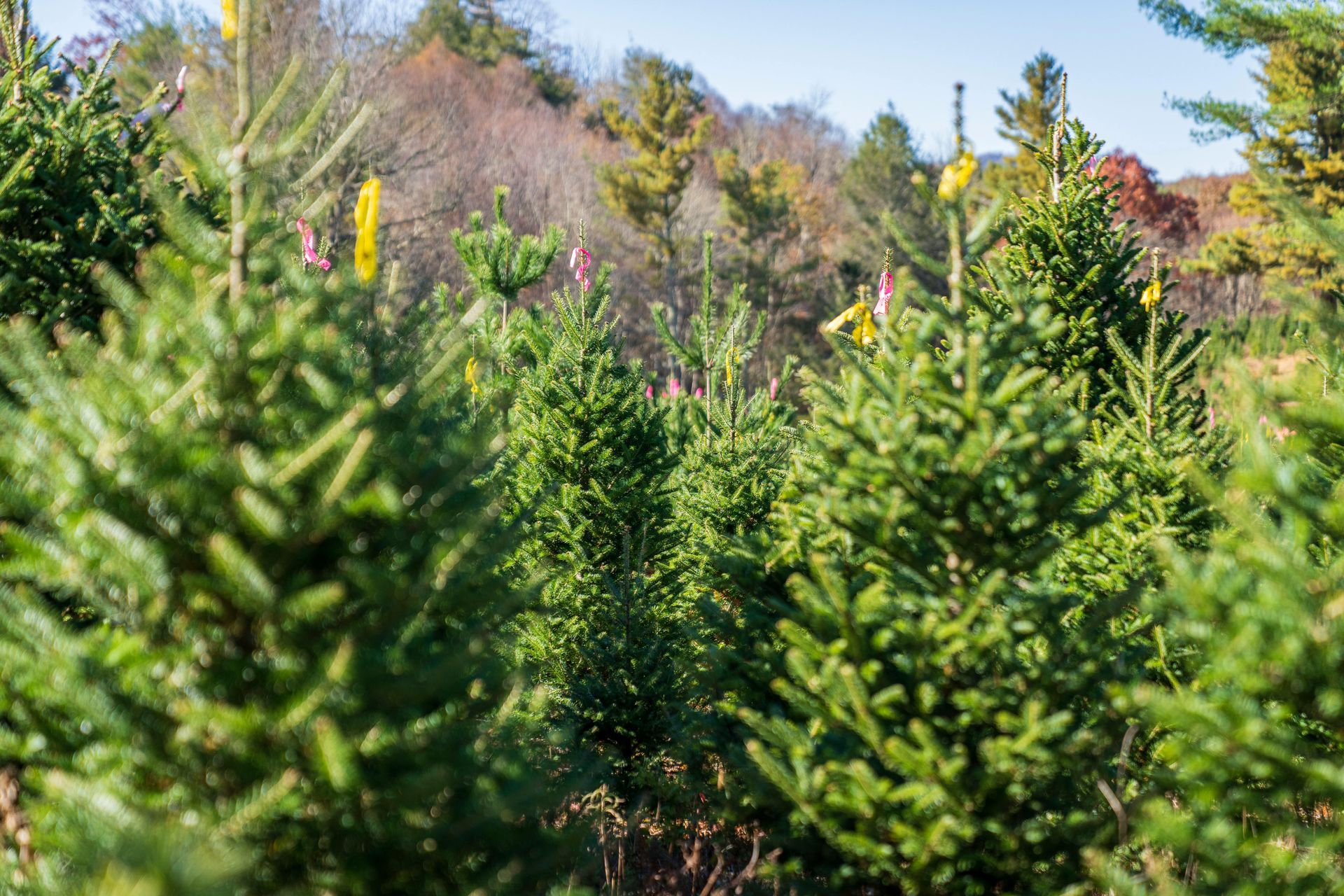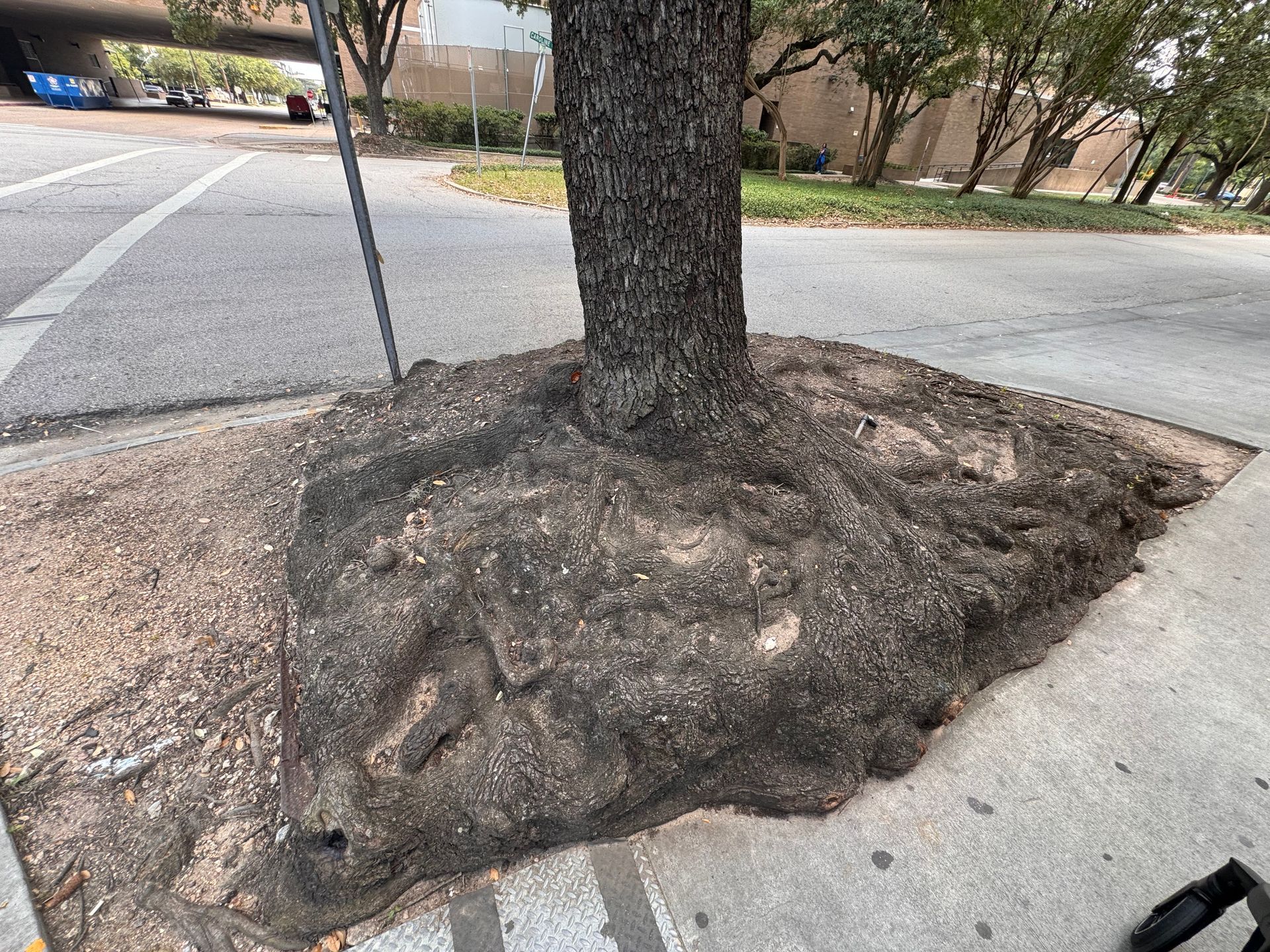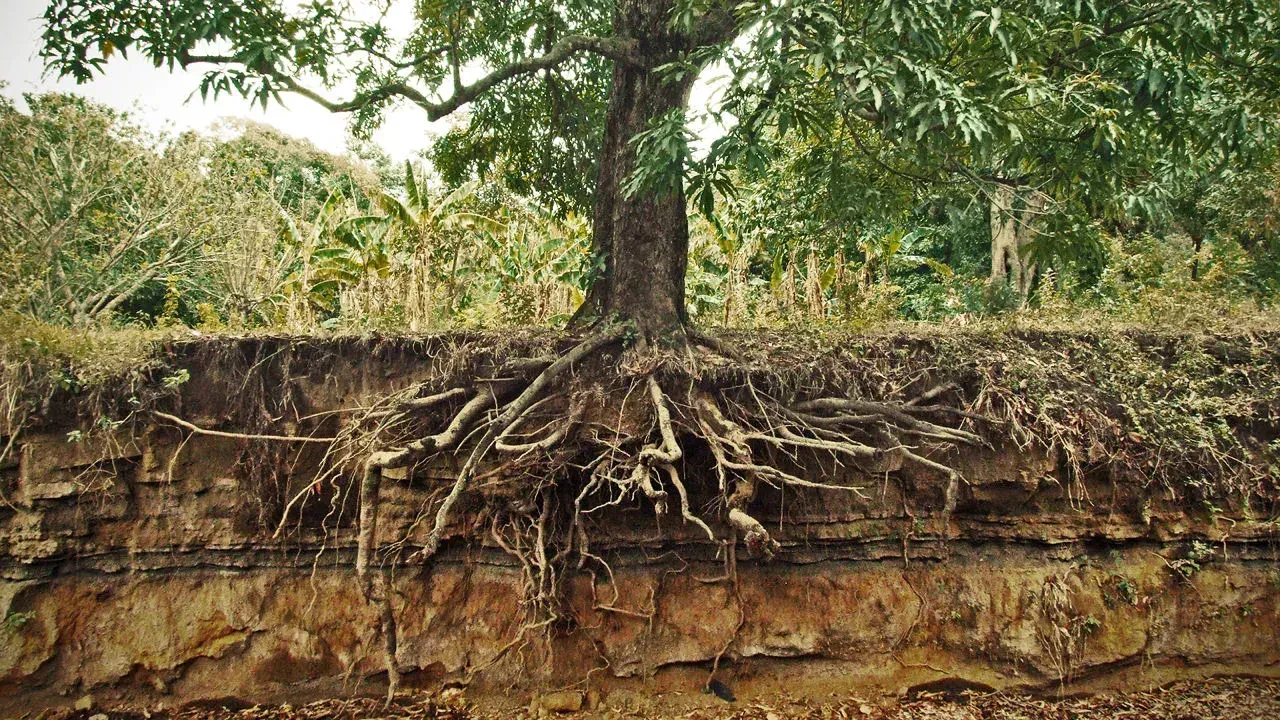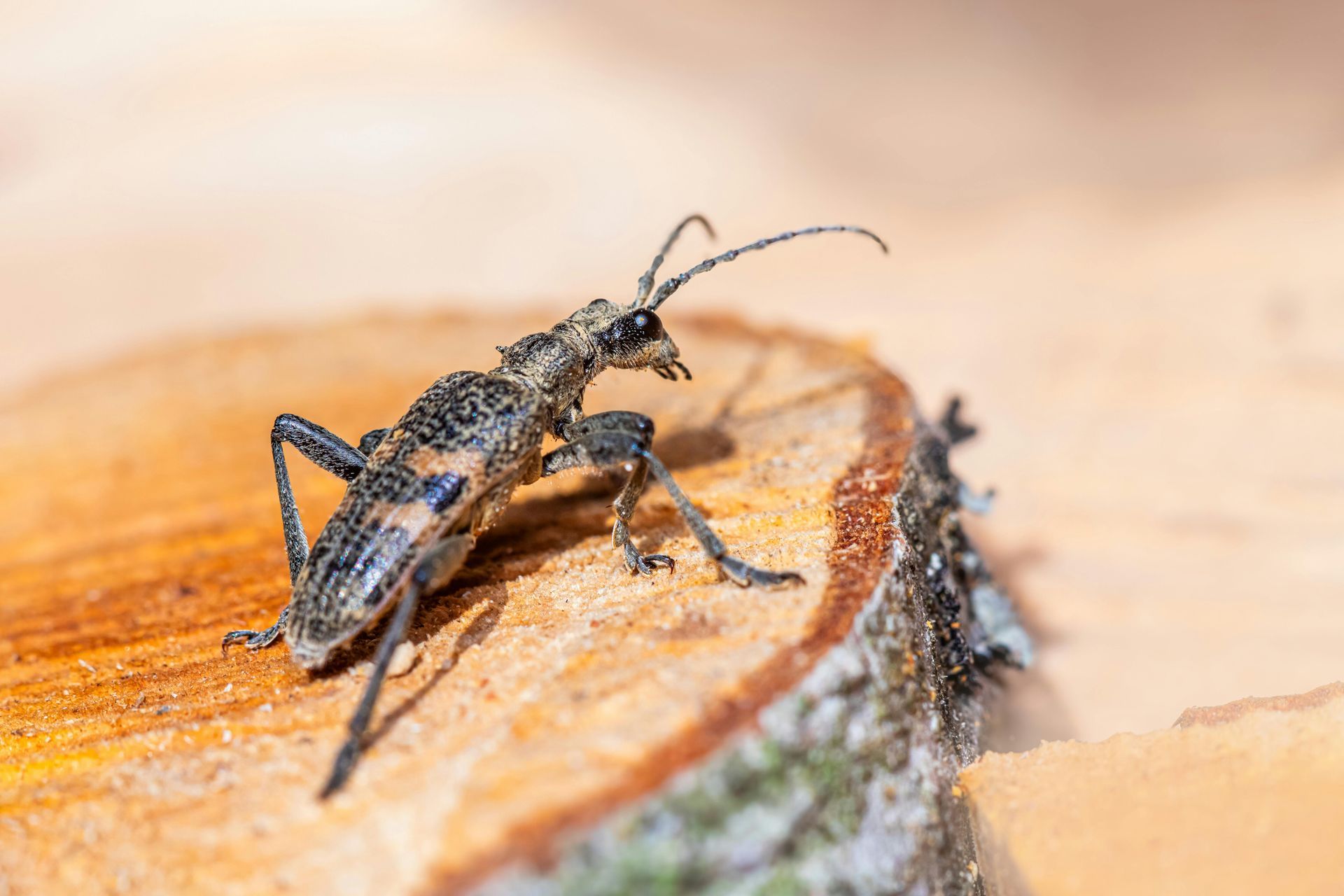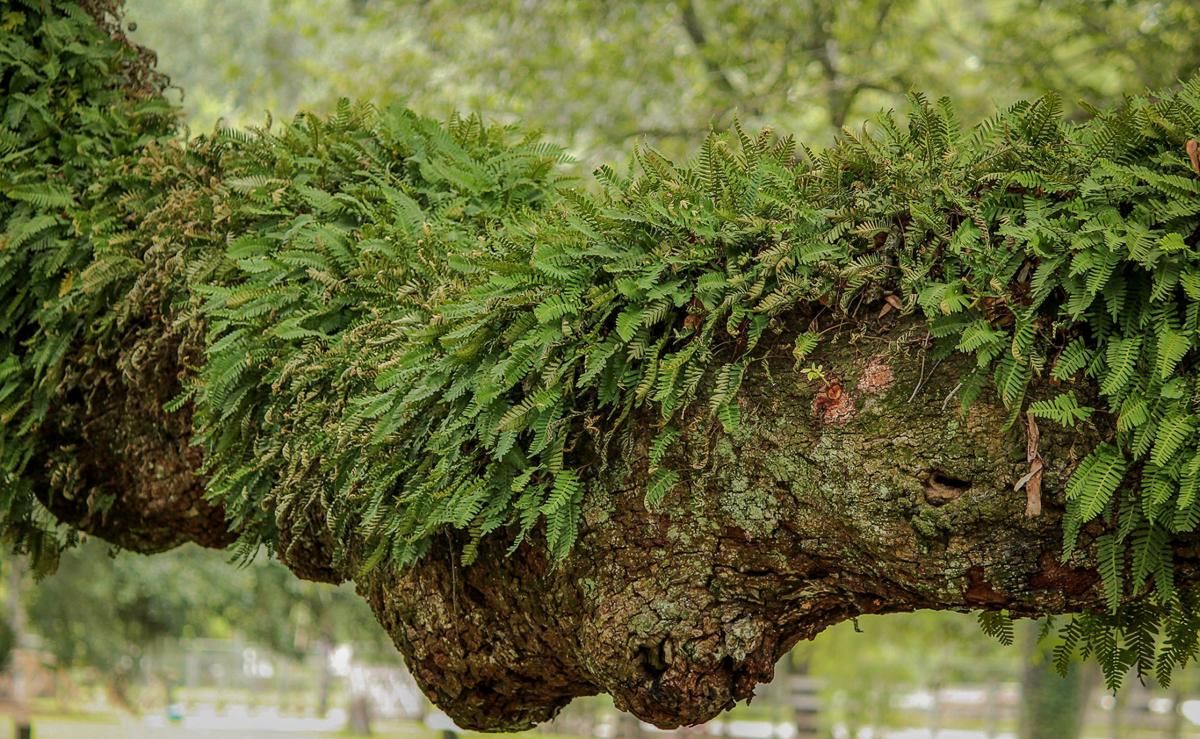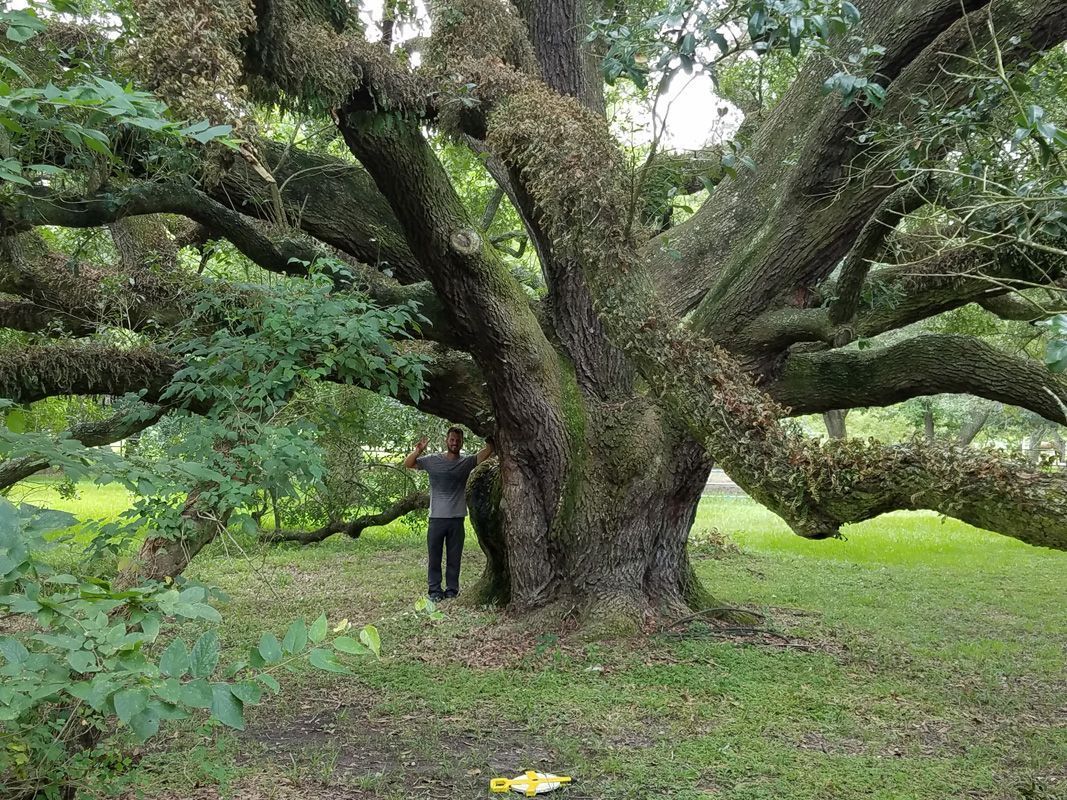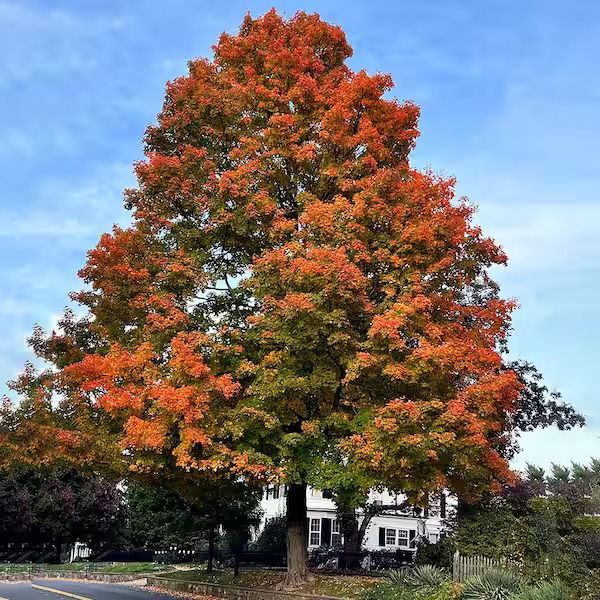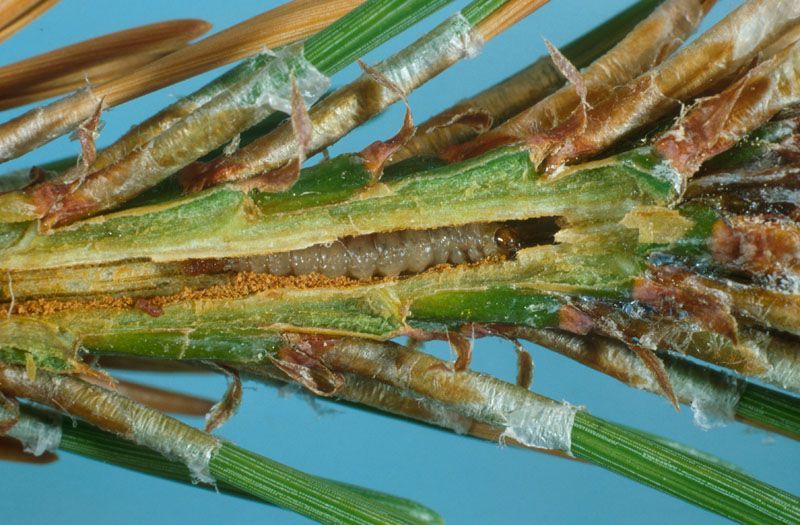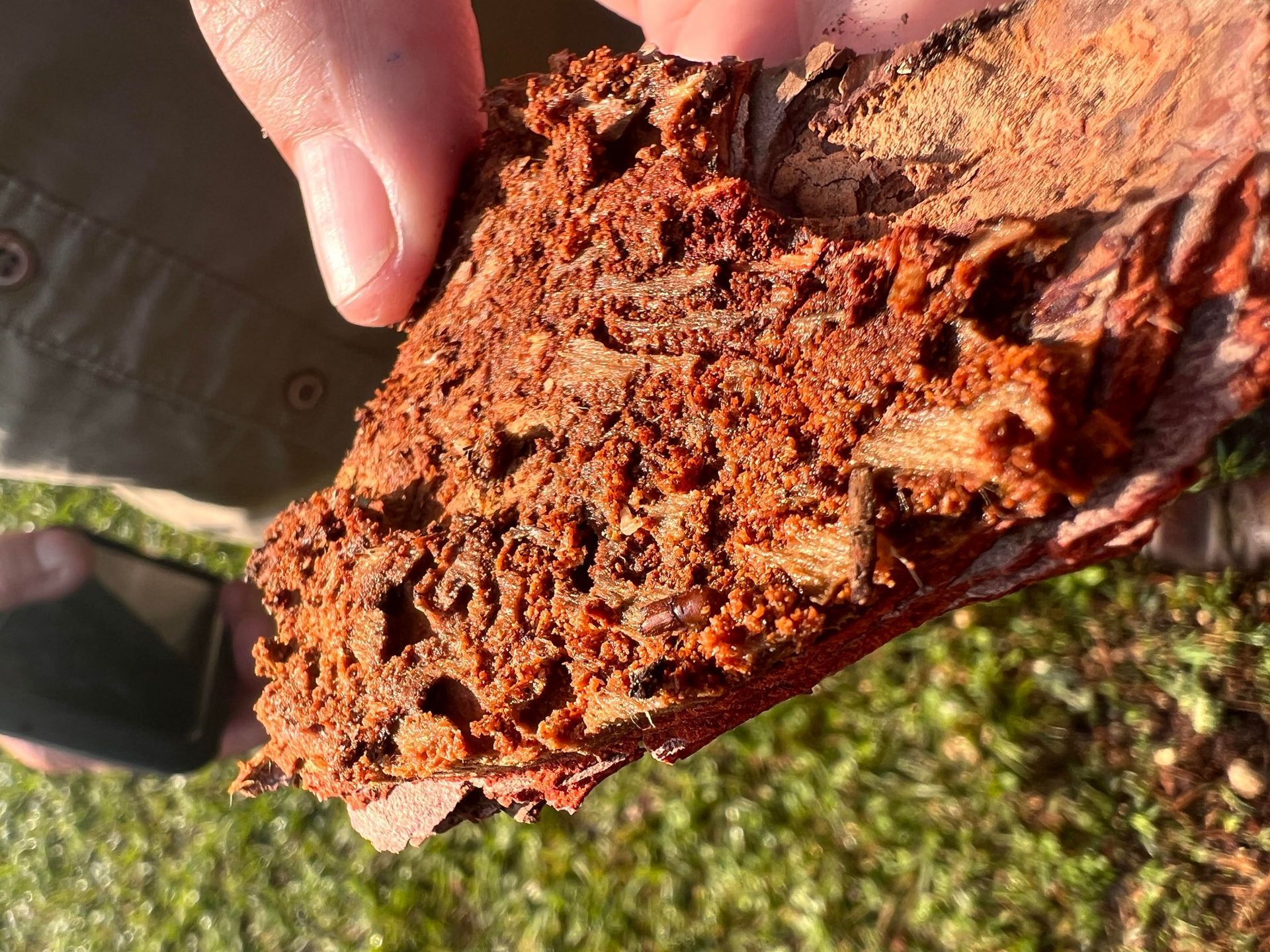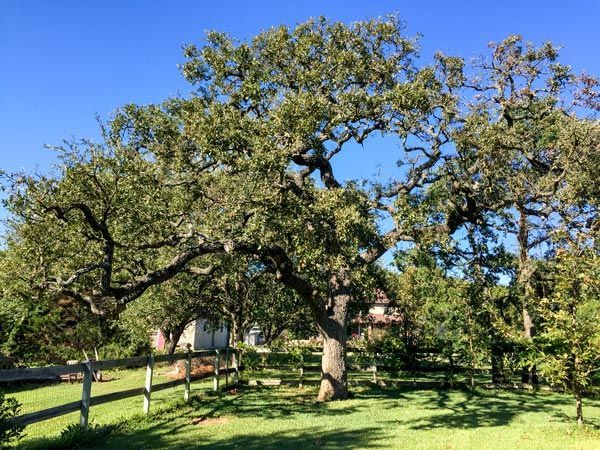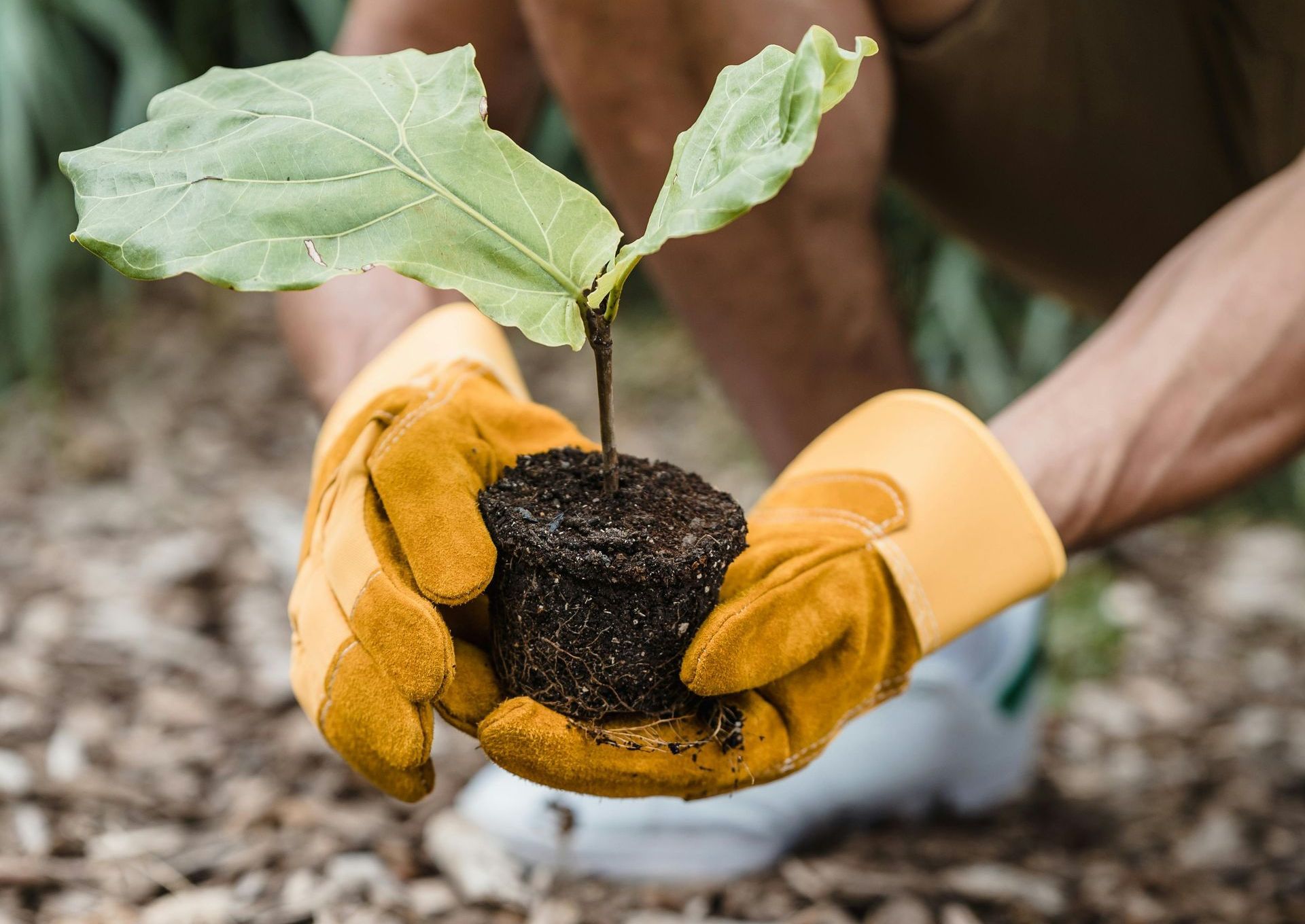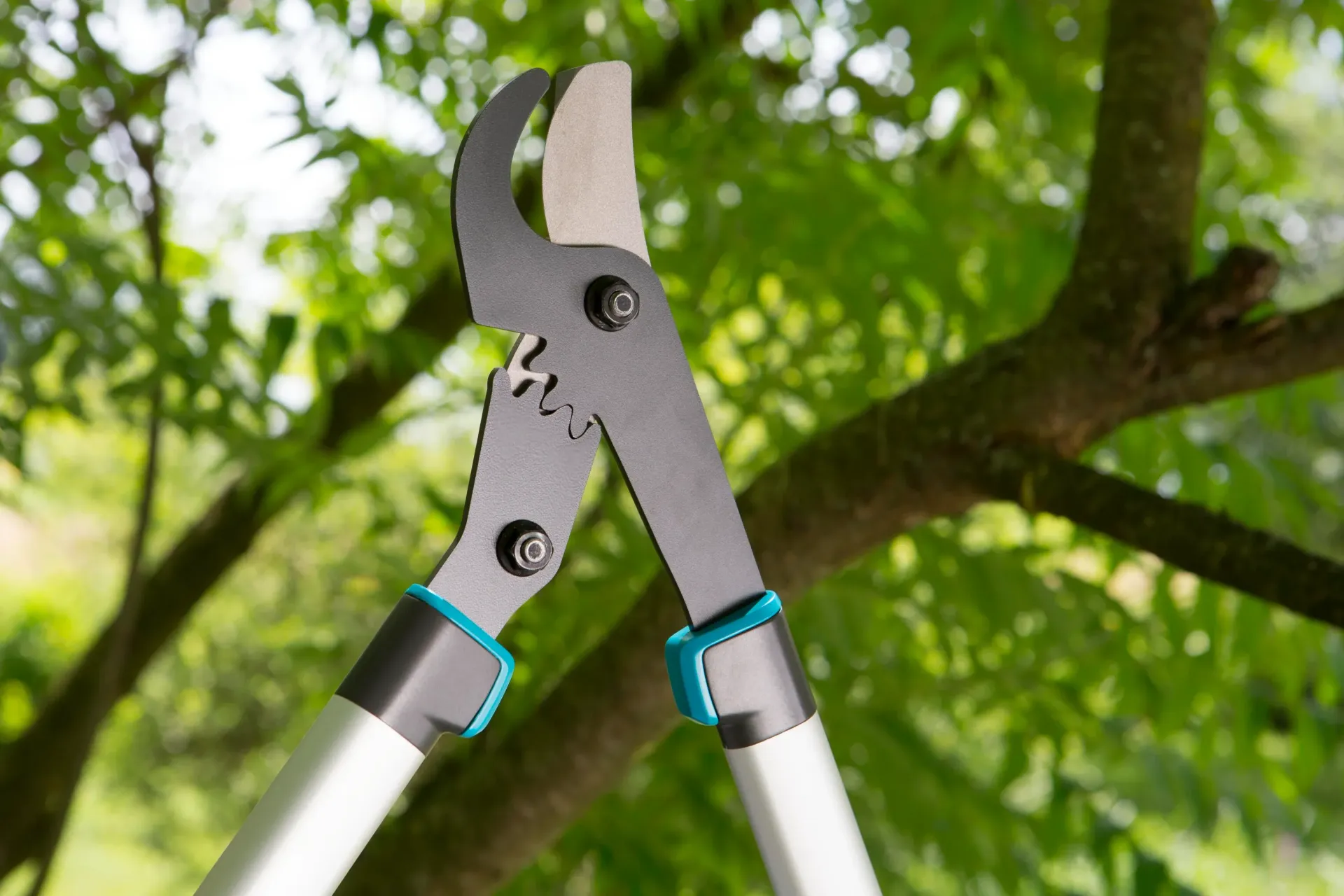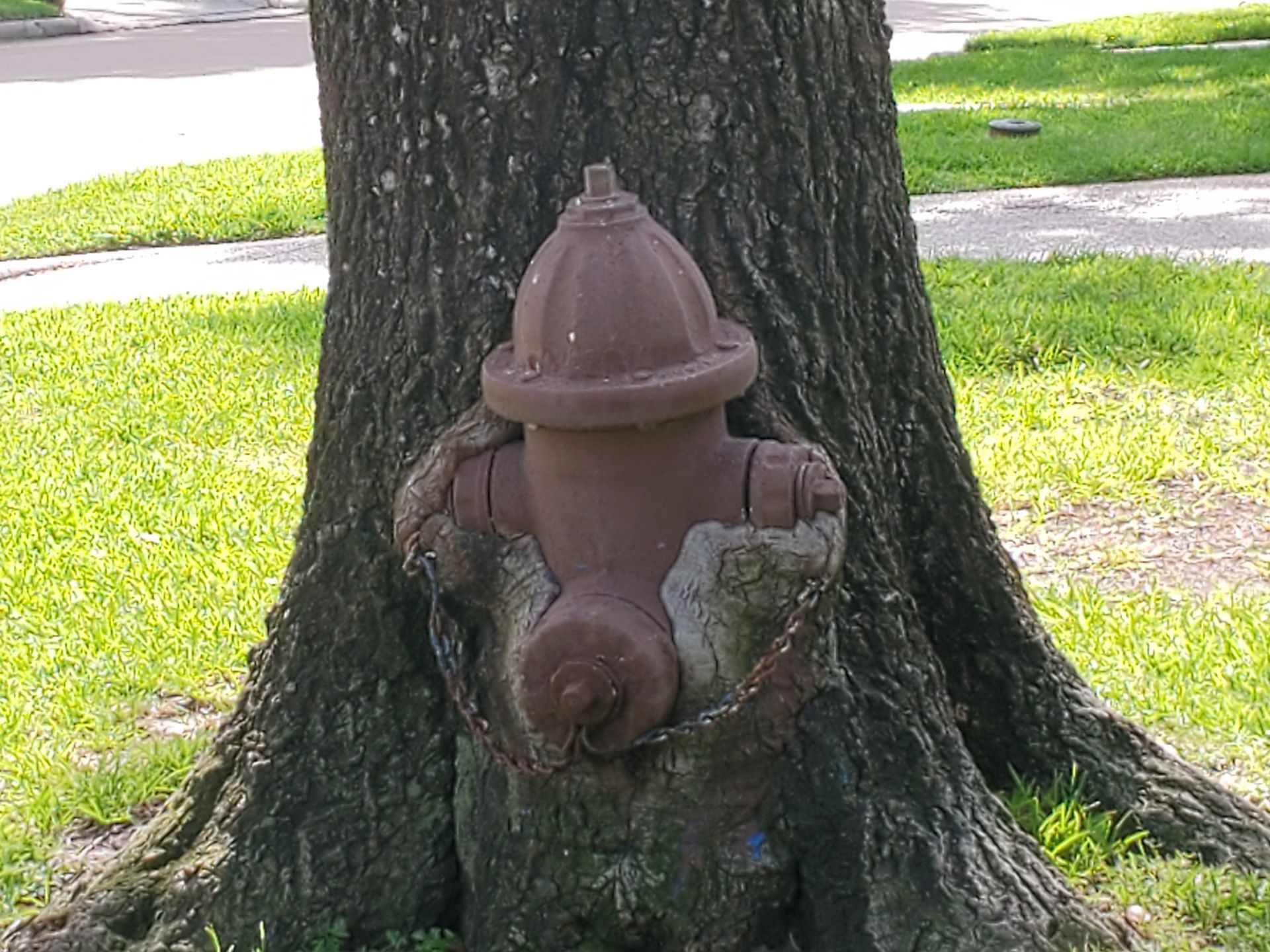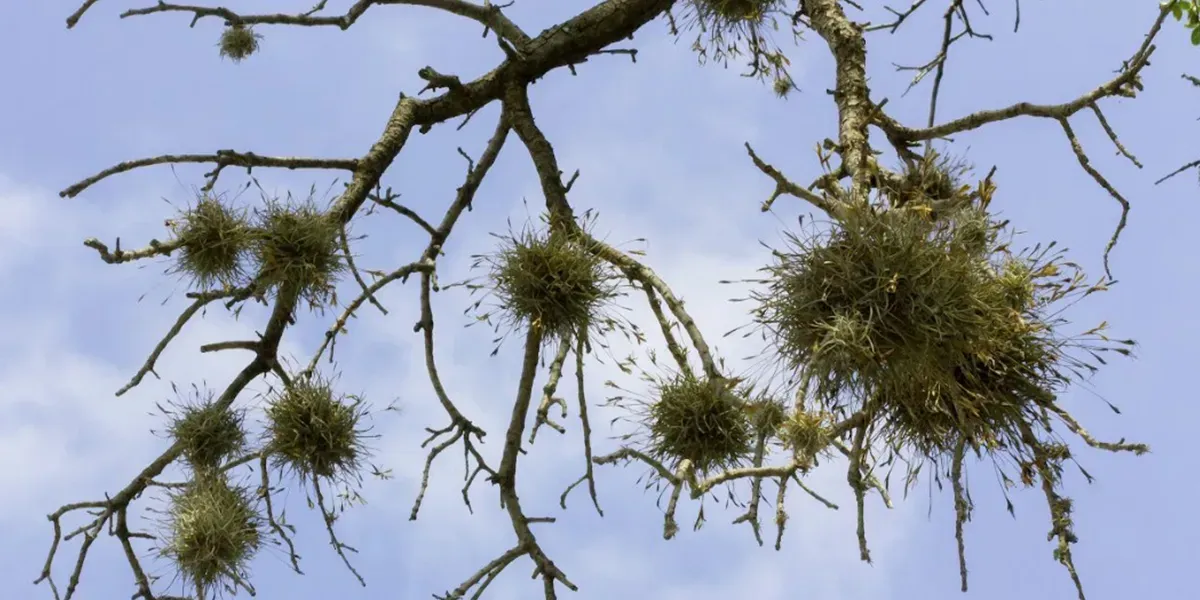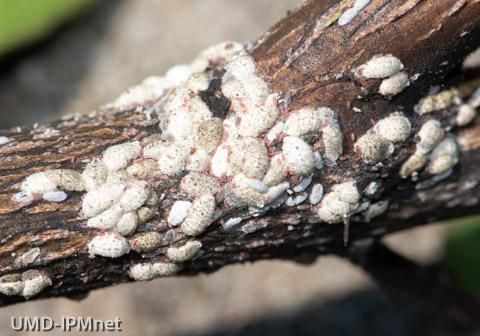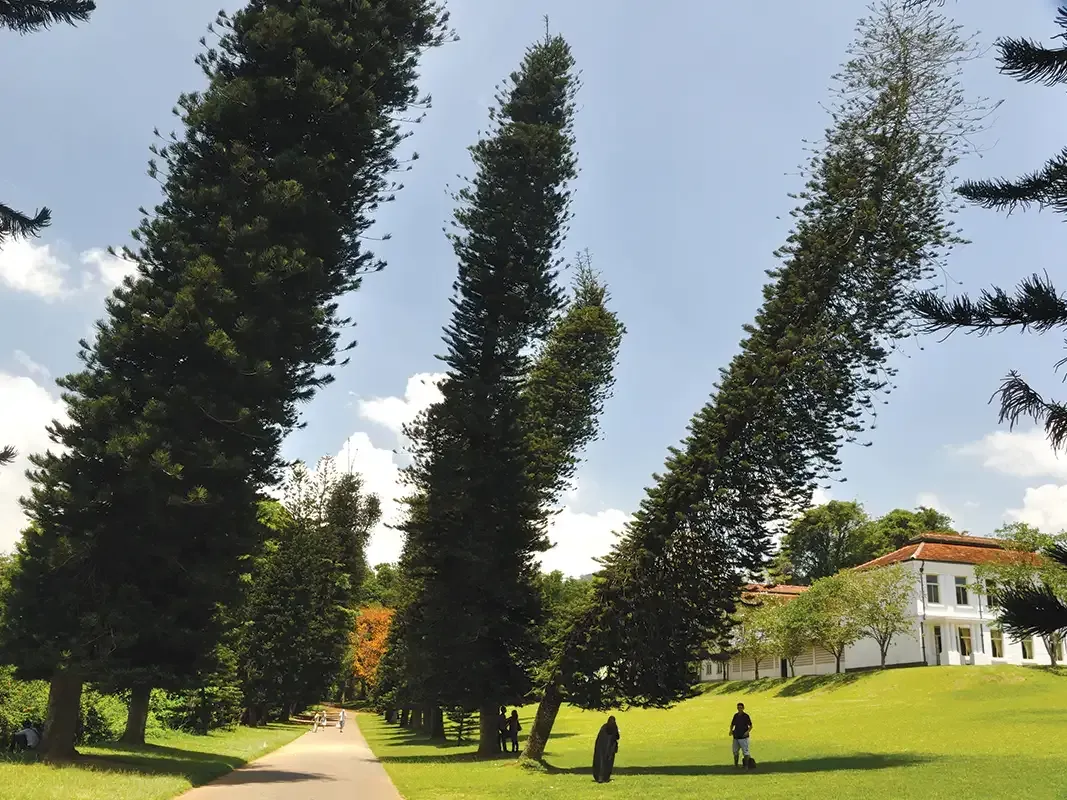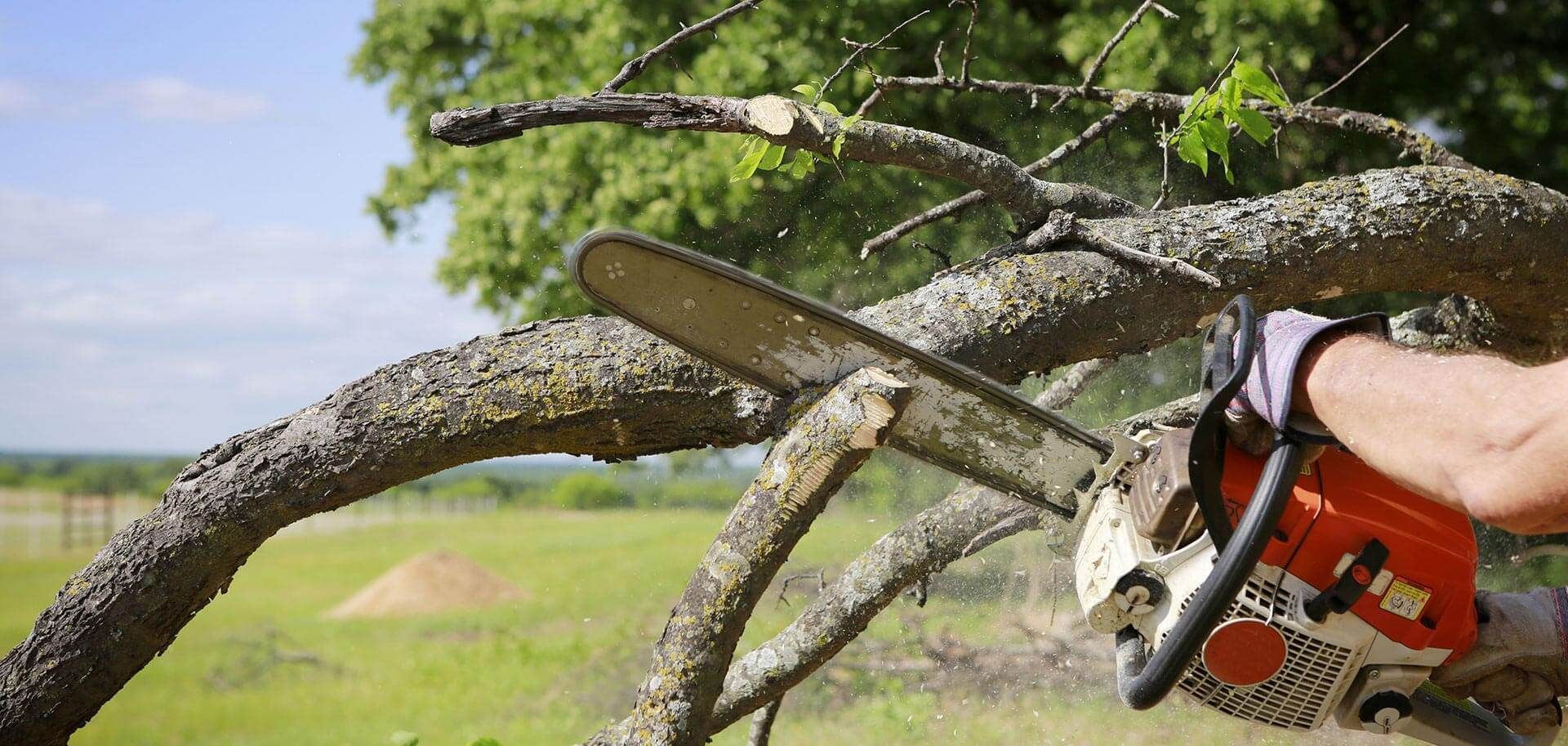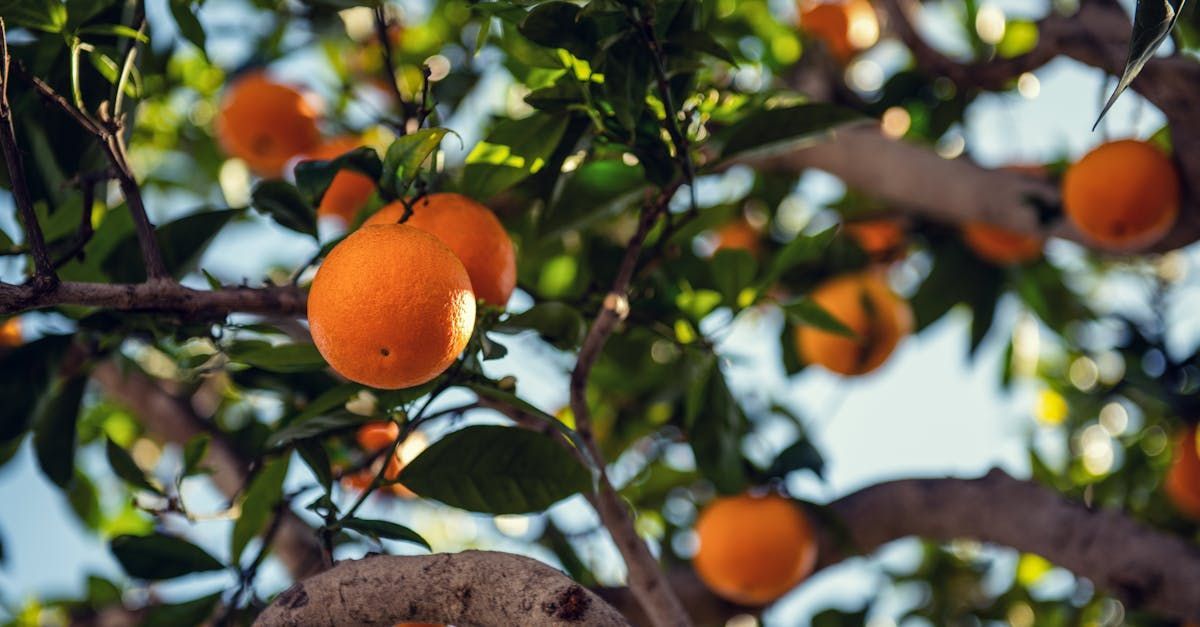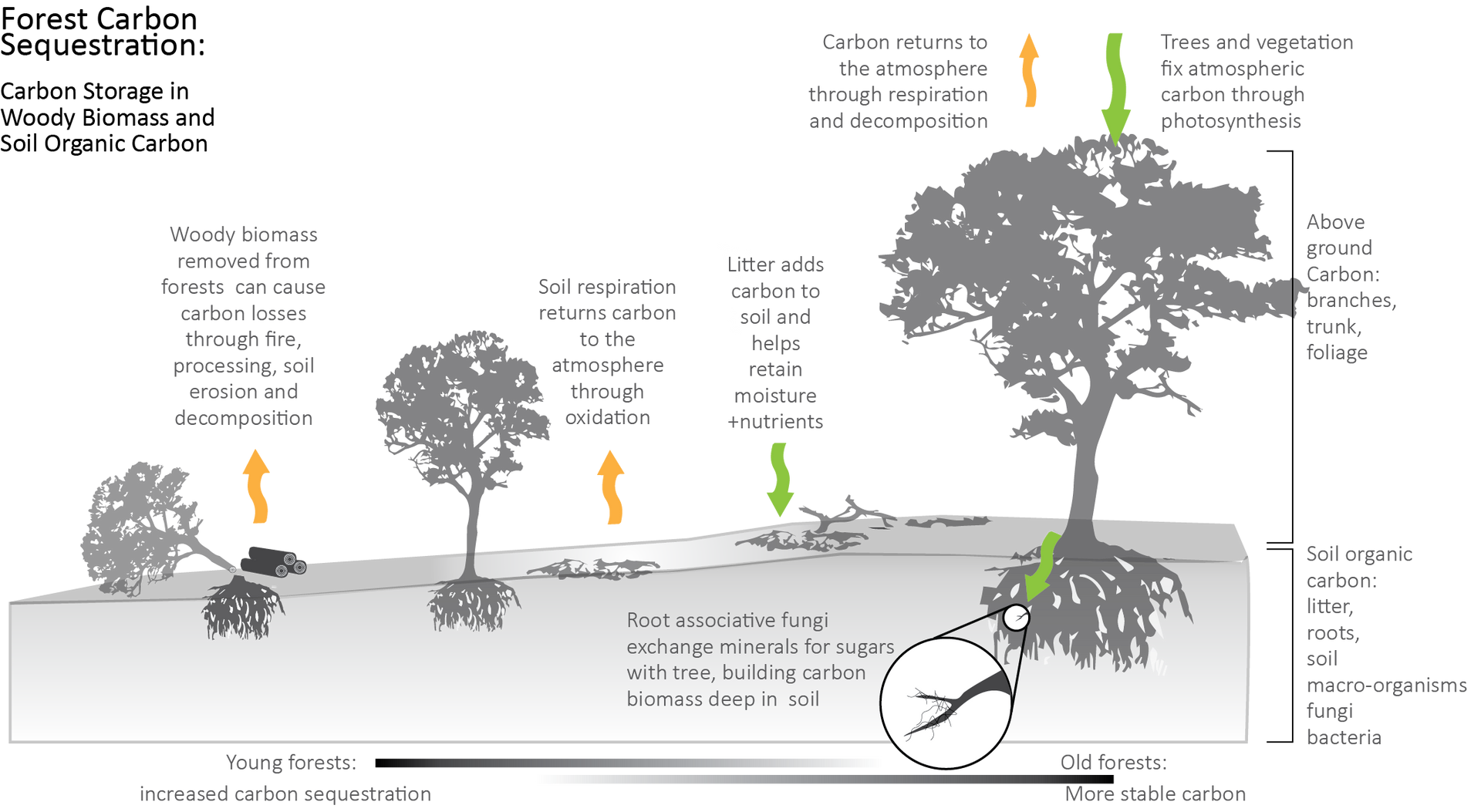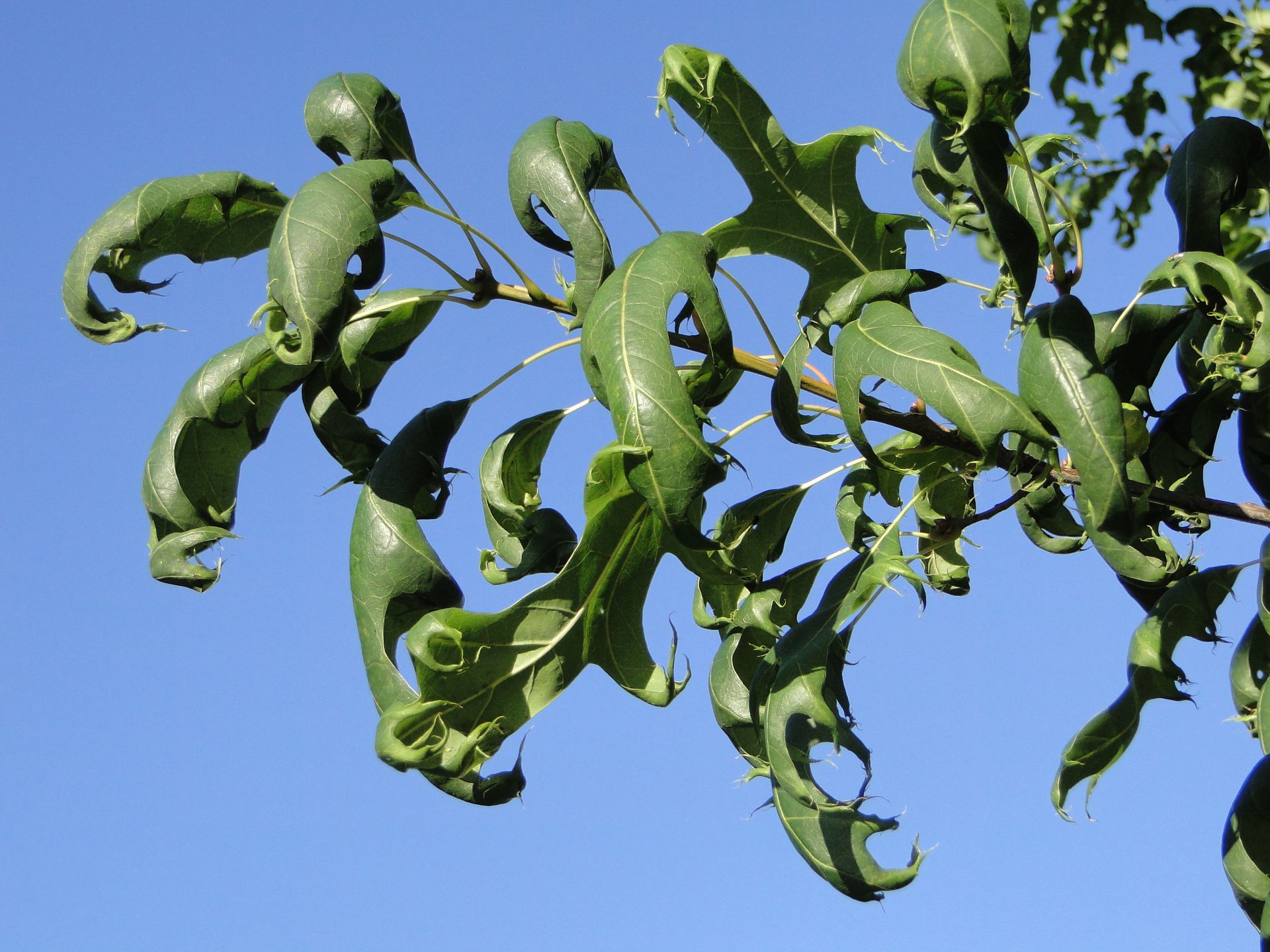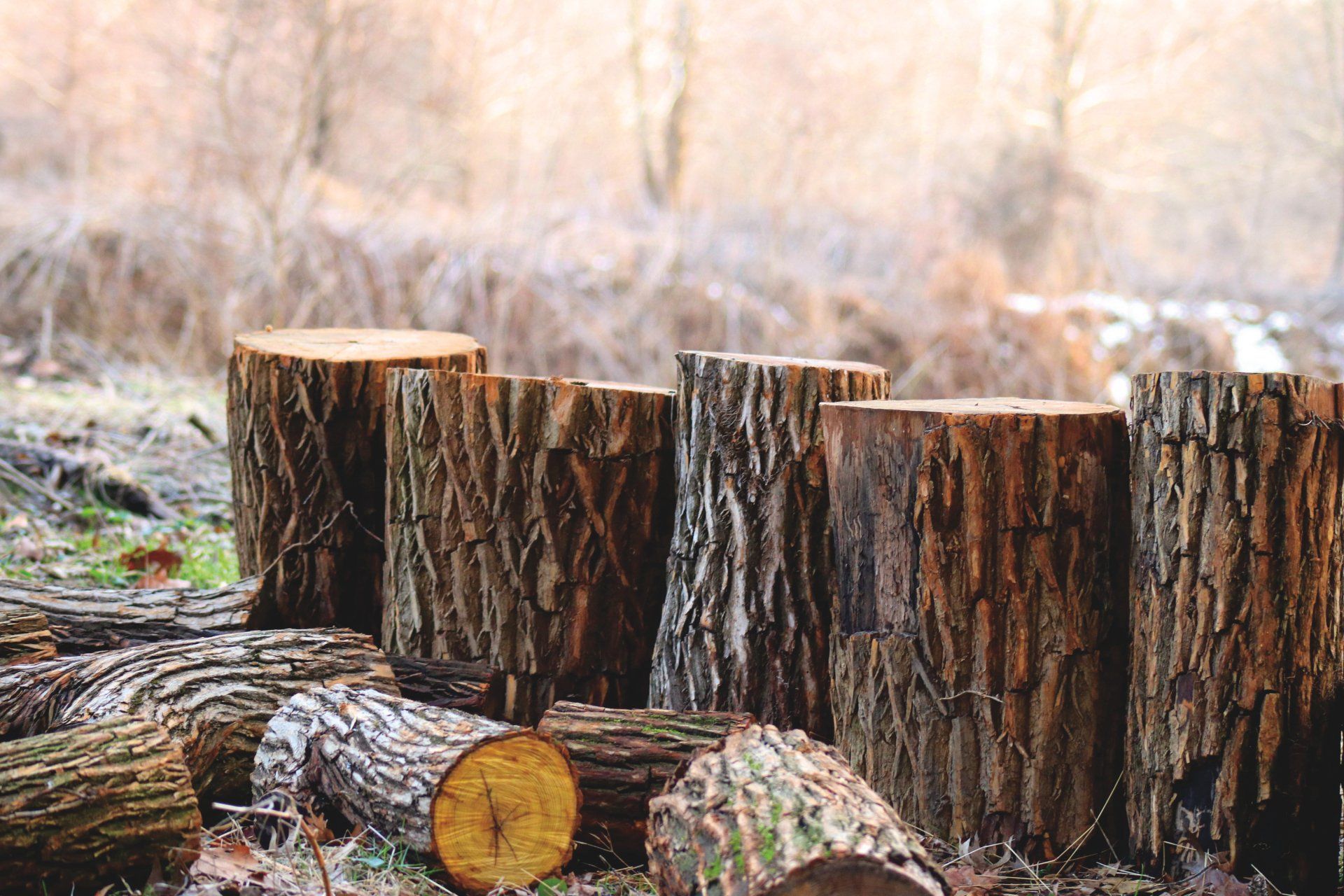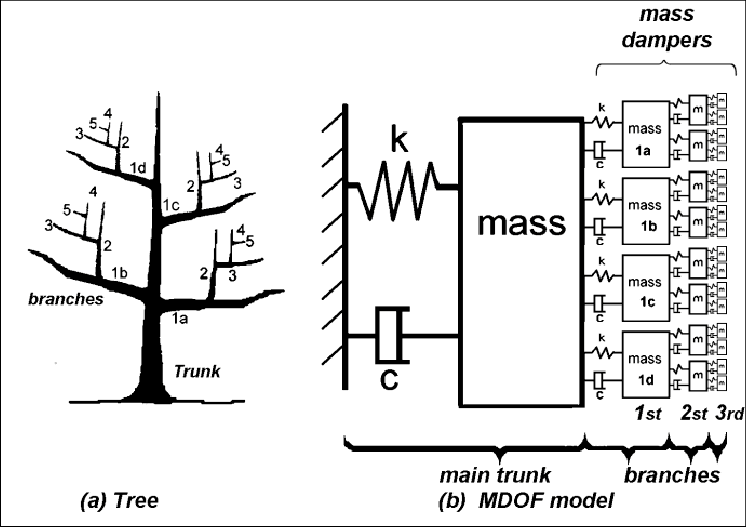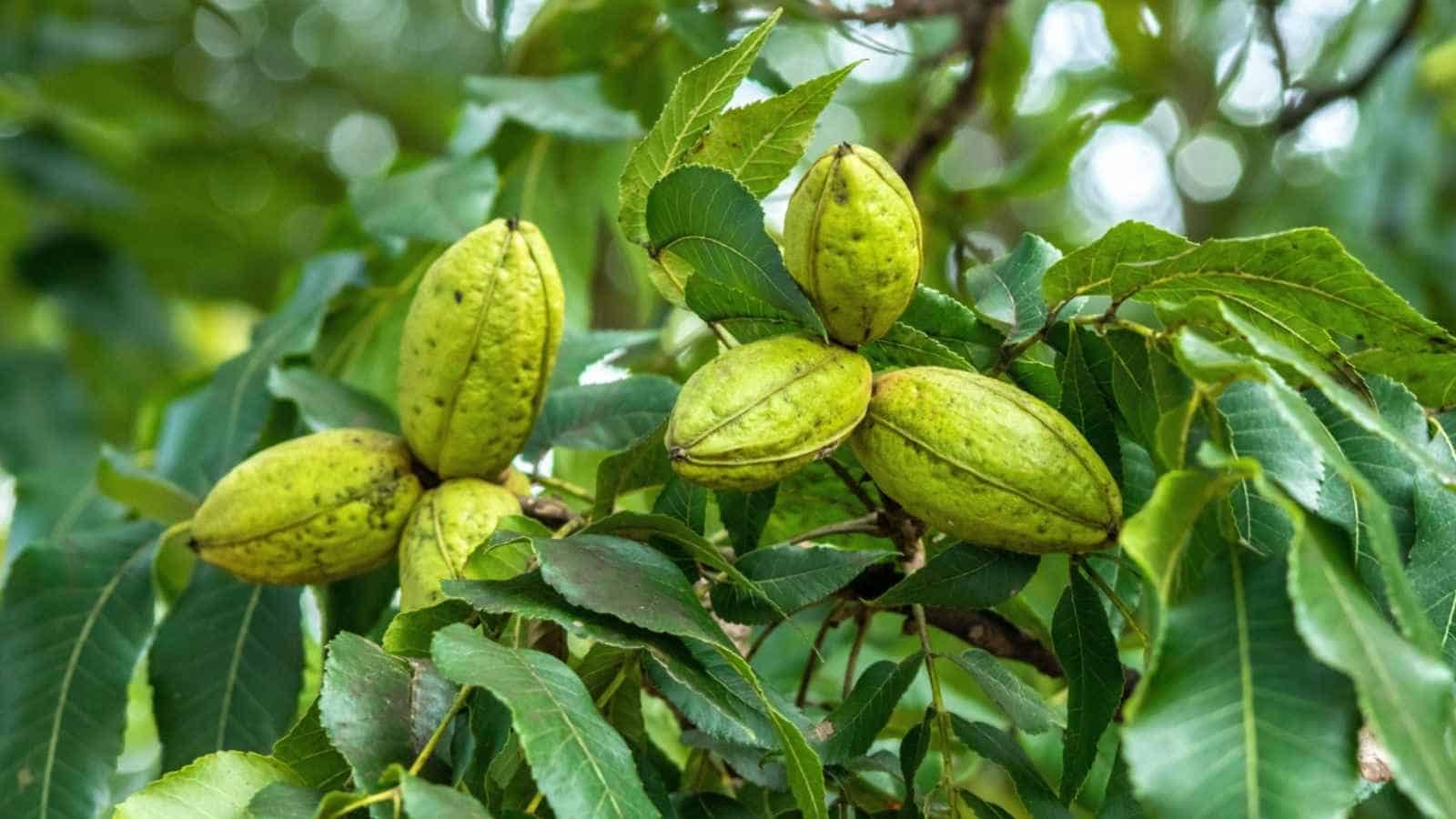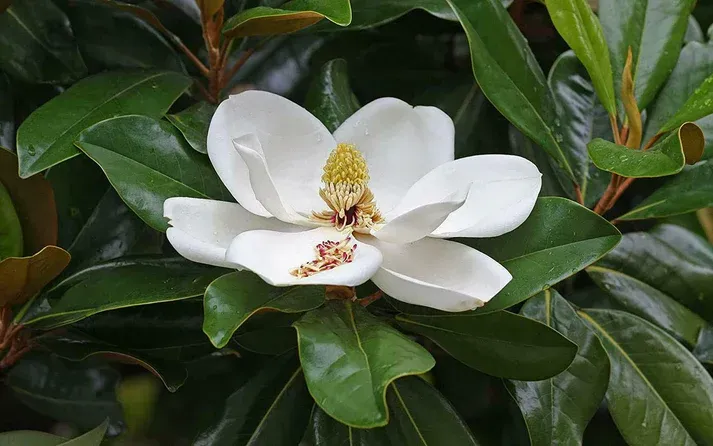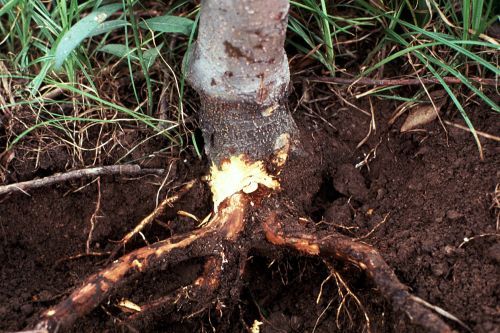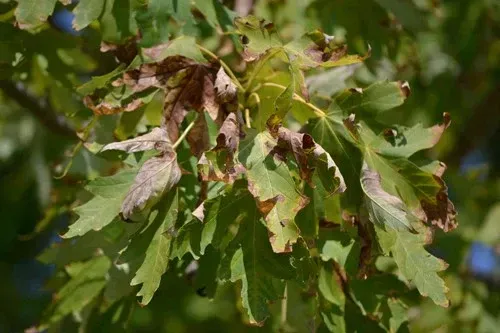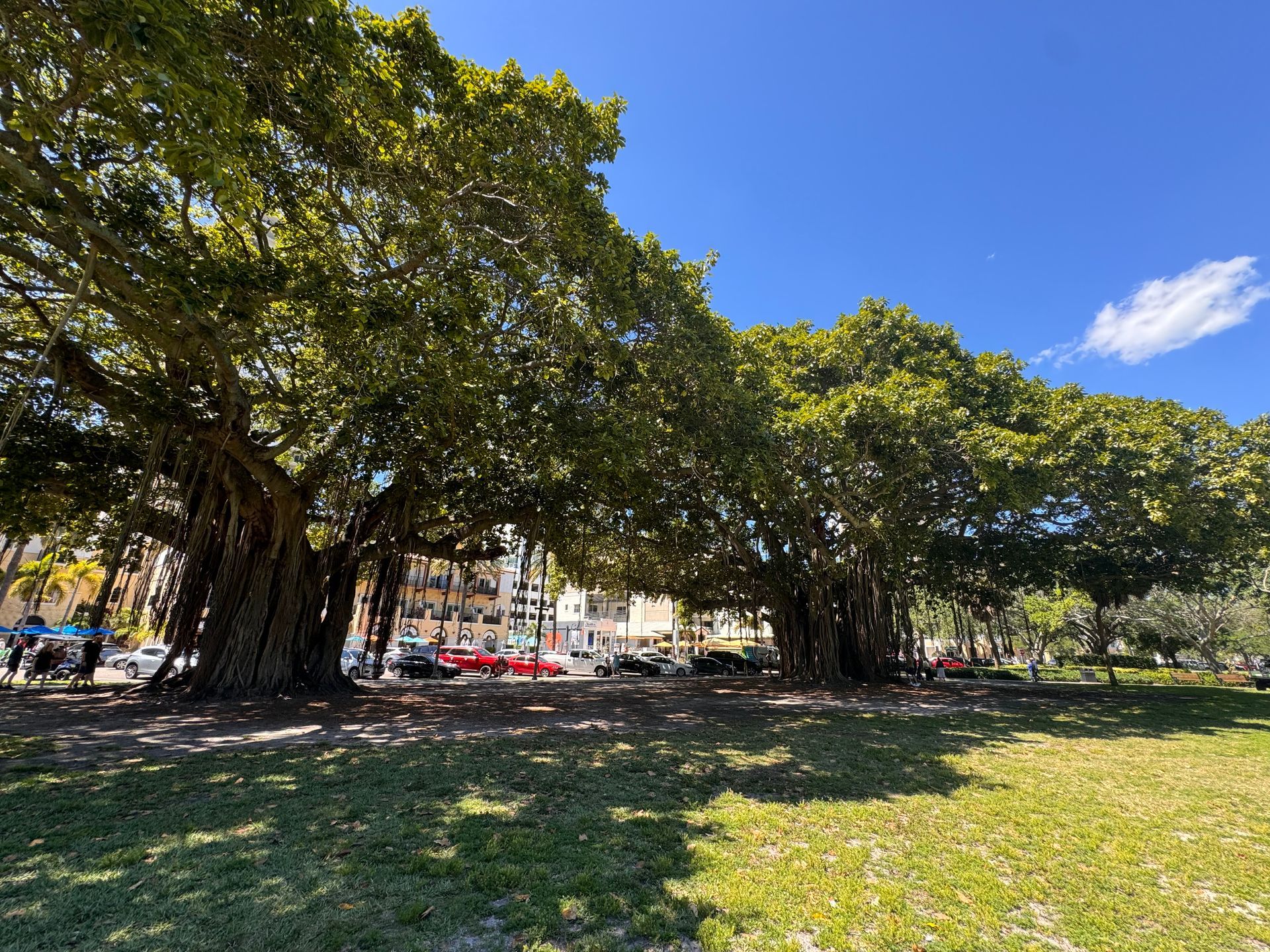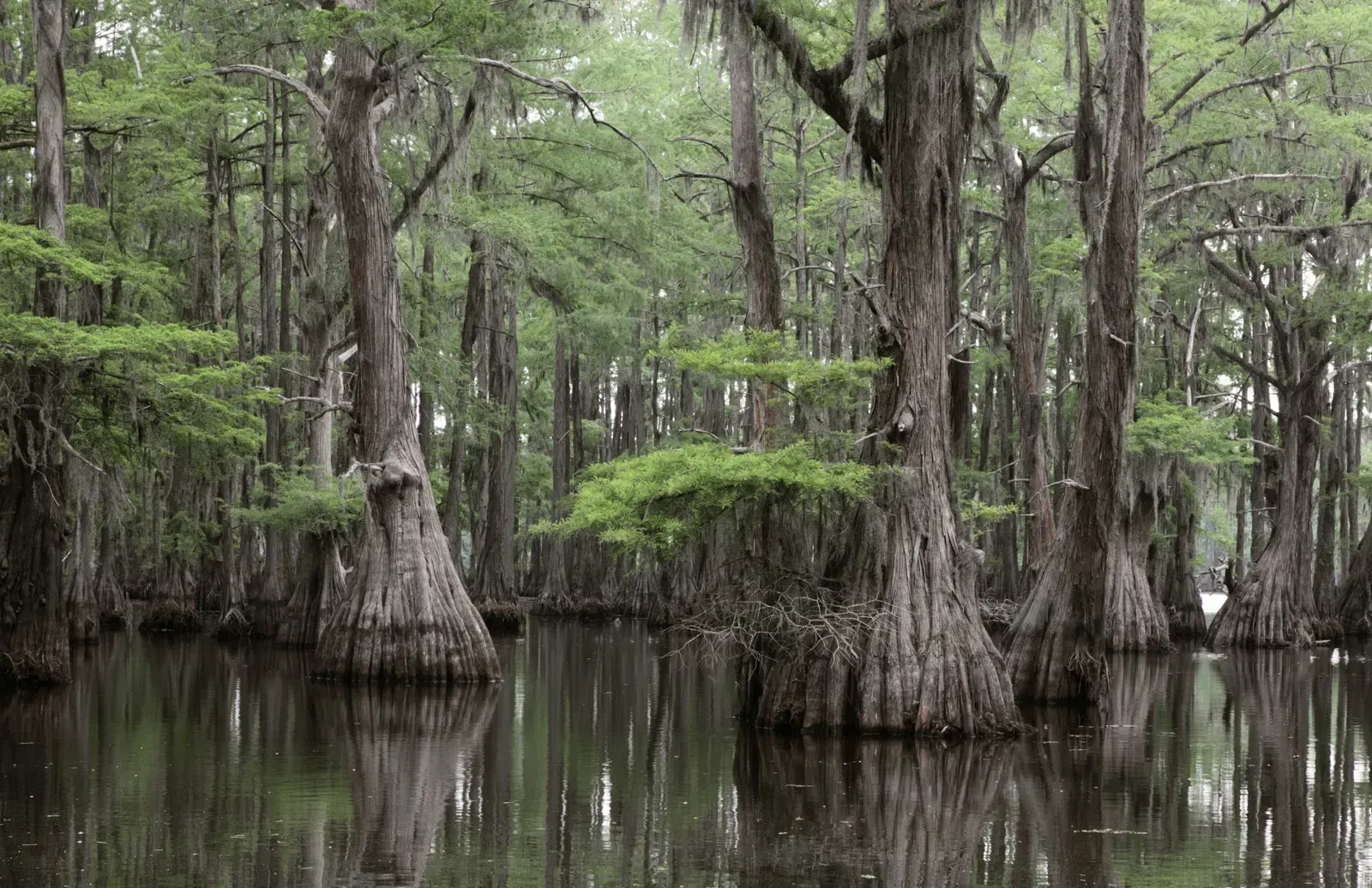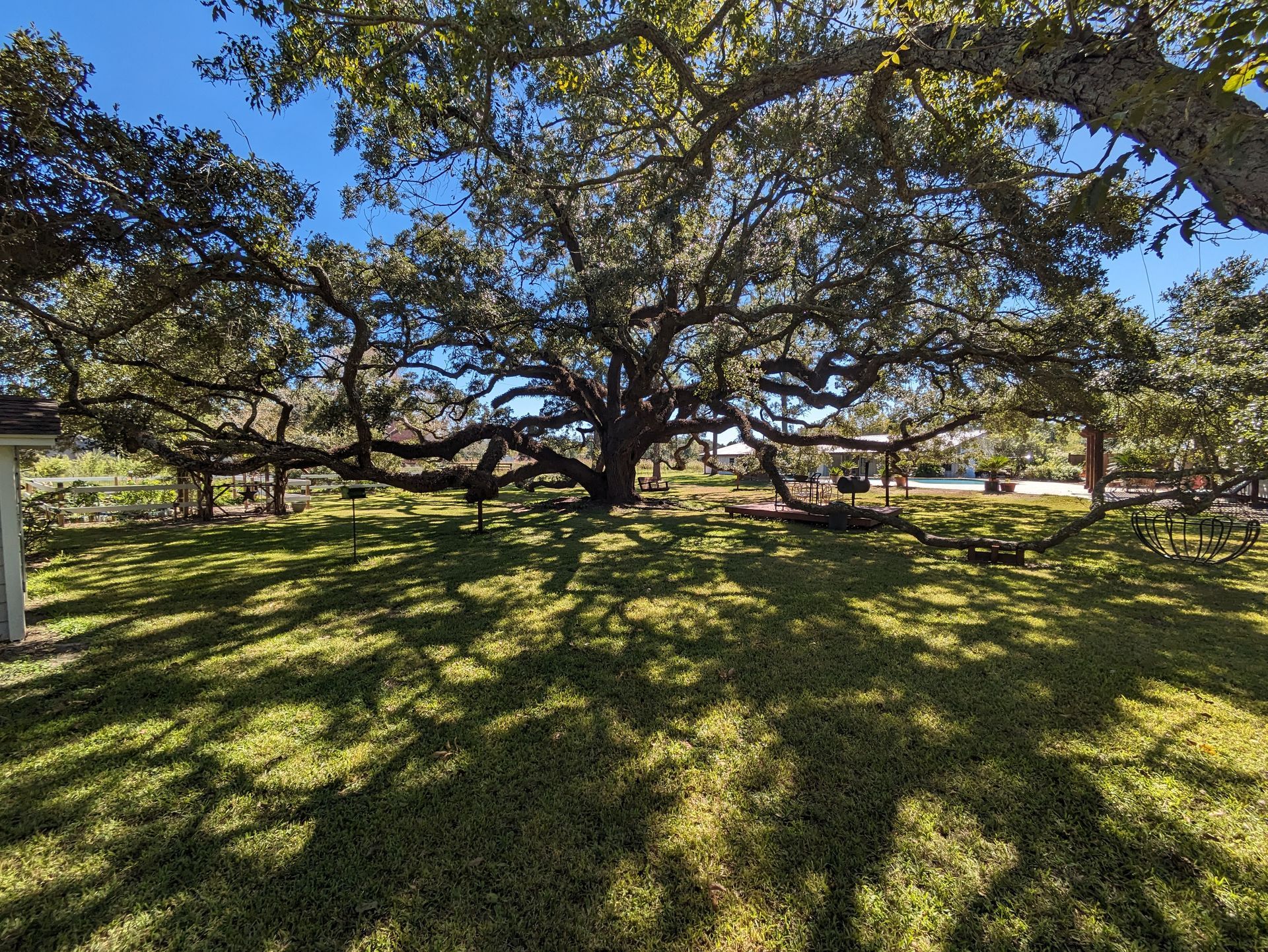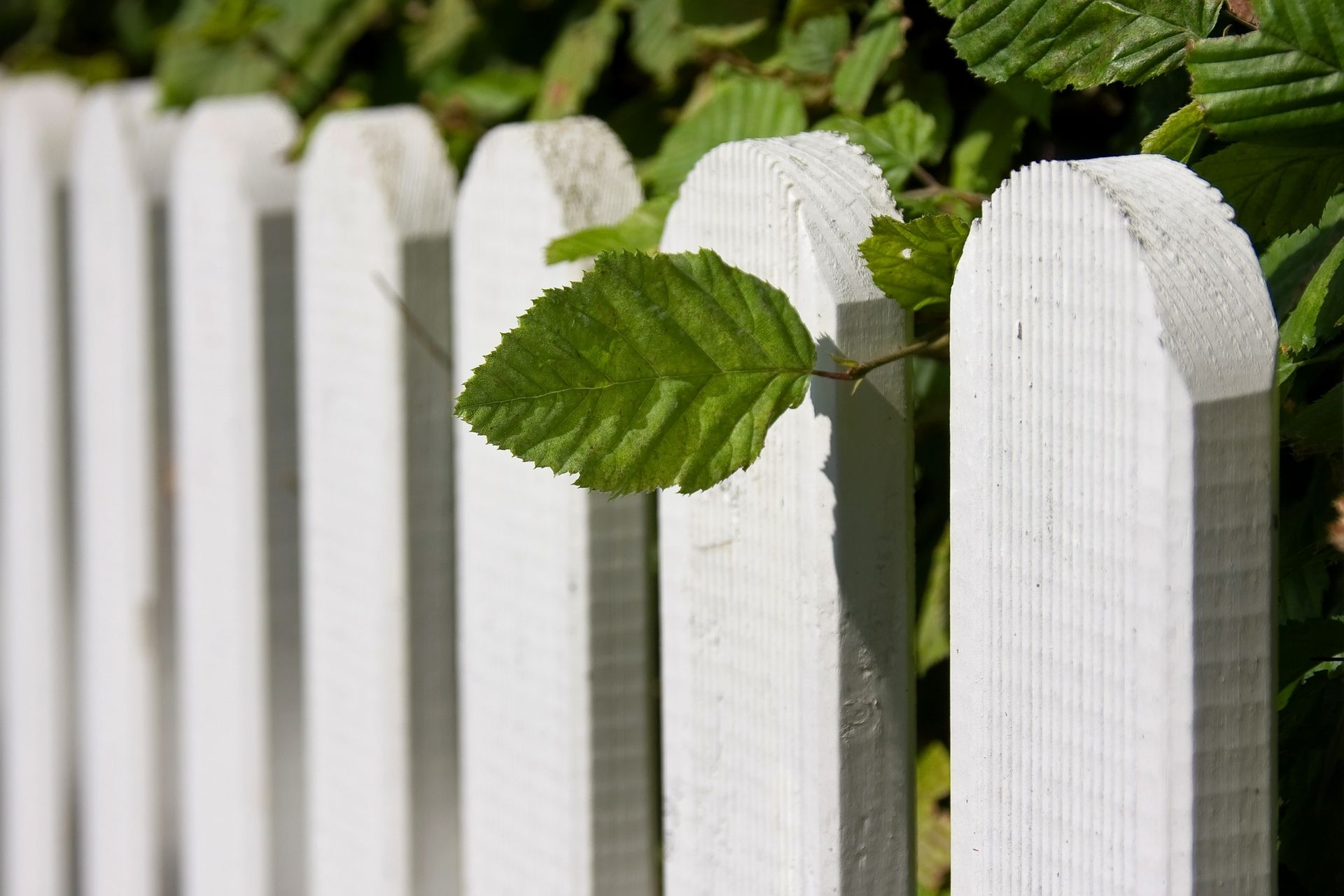Liriope’s Muse: Tree Care Tips from a Master Arborist
TRUSTED TREE CARE SERVICES SINCE 1970
Liriopes Muse: The Importance of Preserving Your Tree During Construction
The life of a tree is fragile, construction whether it be for vanity or essential purposes can be detrimental to the health of your tree if the proper precautions are not taken.
Root systems are crucial for the health and stability of trees, providing them with essential nutrients, water, and structural support. However, they are also fragile and susceptible to damage, especially during construction activities. Even minor damage to the root system can disrupt the tree's ability to absorb water and nutrients, leading to stress and decline in health. The following are common examples of how construction harms the root systems of trees:
Soil compaction is inevitable in areas of construction or high traffic(Vehicle or Foot). Compaction reduces the pore space between soil particles, limiting the movement of air, water, and nutrients within the soil. This restricts root growth and makes it difficult for roots to penetrate the soil and anchor the tree securely. Additionally, compacted soil has poor drainage, leading to waterlogging and oxygen deprivation in the root zone, which can suffocate roots, promote root rot, and cause the soil to go anaerobic. Also, compaction increases the soil resistance roots face when trying to grow, making it harder for them to expand and access essential nutrients and water.
Excavation work such as digging French drains and trenches, installing pools, or removing soil around a tree's critical root zone can directly injure the tree by severing the tree's crucial roots and exposing the tree roots to air and sunlight, increasing the risk of desiccation and damage.
Alterations to the grade or elevation of the land during construction such as yard leveling and installing sod can also be very harmful to the tree’s roots. Yard leveling can compact the soil surrounding the roots and disrupt the natural drainage patterns and water availability for trees. The resulting changes in soil moisture levels can stress tree roots and lead to root rot or drought stress.
Adding soil to the base of a tree disrupts the natural balance of the root system and can lead to the suffocation of roots by reducing oxygen levels in the root zone, hindering root respiration and nutrient uptake. The added soil creates a barrier that prevents water from reaching the roots effectively, leading to drought stress. Additionally, excessive soil accumulation can cause the roots to become buried too deeply, leading to poor aeration and drainage, which can promote root rot and other diseases.
Chemical exposure during construction is common as many construction activities involve the use of chemicals such as concrete additives, acid wash, petroleum-based products, or construction materials treated with preservatives, can leach into the soil and contaminate the root zone. These chemicals may disrupt soil pH levels, alter nutrient availability, and directly harm root tissues, leading to root damage, reduced root growth, and impaired root function. Additionally, chemical exposure can weaken the tree's immune system, making it more susceptible to pests, diseases, and environmental stressors.
Overall, construction activities pose significant risks to tree root systems, potentially causing long-term damage and a decline in tree health. It's essential to implement proper tree protection measures, such as biostimulant treatments, to mitigate the detrimental effects of construction on root systems and preserve the long-term health of trees. Consulting with a certified arborist before, during, and after construction projects can help mitigate risks and ensure the health and longevity of trees on the site.
Our Board-Certified Master Arborist, Eric Putnam, understands the importance of preserving the health of a tree during construction. He is highly trained and has years of experience caring for hundreds of trees large and small throughout various construction projects. To date one of Eric’s most notable project was having the opportunity to preserve a 200-year-old pecan tree that was in the center of the construction of a house.
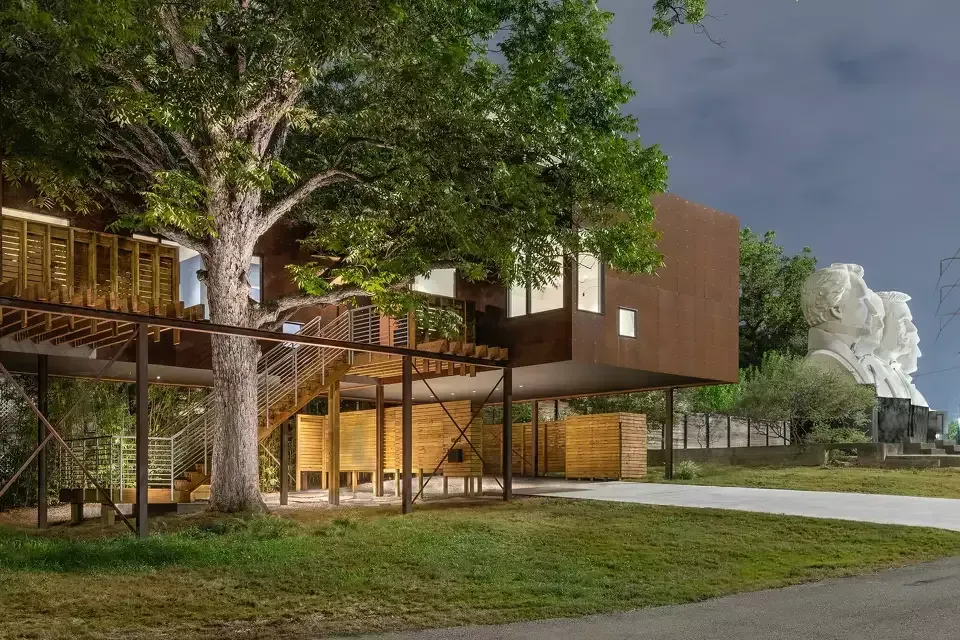
**Picture Credits: FCharles Photography NY
This modern take on tree house is sitting 13-feet above the ground and is located just a few steps from one of Houston’s monumental landmarks, “Mount Rush Hour” offering a unique blend of contemporary design and natural beauty. Boasting 2,200 square feet of living space, this architectural masterpiece features 2 bedrooms and 3 bathrooms, providing ample space for comfortable living. The highlight of this home is undoubtedly the beautiful 200-year-old pecan tree that stands majestically in the center, seamlessly integrated into the design. It is quite literally a livable piece of art!
With its unparalleled charm and tranquility, this modern treehouse offers a truly one-of-a-kind living experience in the vibrant city of Houston. Don't miss the opportunity to make this extraordinary home your own! You can find the listing and another article written exclusively on this home listed below:
Listing Link : https://www.har.com/homedetail/1002-edwards-st-houston-tx-77007/13782067?cid=ekrantz
Article Link : https://www.chron.com/homes/article/modern-houston-treehouse-18437952.php
Eric had the unique opportunity to work closely with the property owner and construction company during this build. He provided the tree with multiple biostimulant treatments throughout the construction process to boost the trees vitality and stimulate the biological activity in the soil, which will foster a healthy environment for root development, enhance the trees nutrient uptake, and minimize any stress inflicted on the tree during the process.
At Eric Putnam BCMA, Inc., we understand that construction is inevitable, and we are not trying to stop you, rather we want to work together with you and educate you during the process to ensure the best outcome for your trees and your property!
Liriope’s Muse - Expert Tree Care Tips
